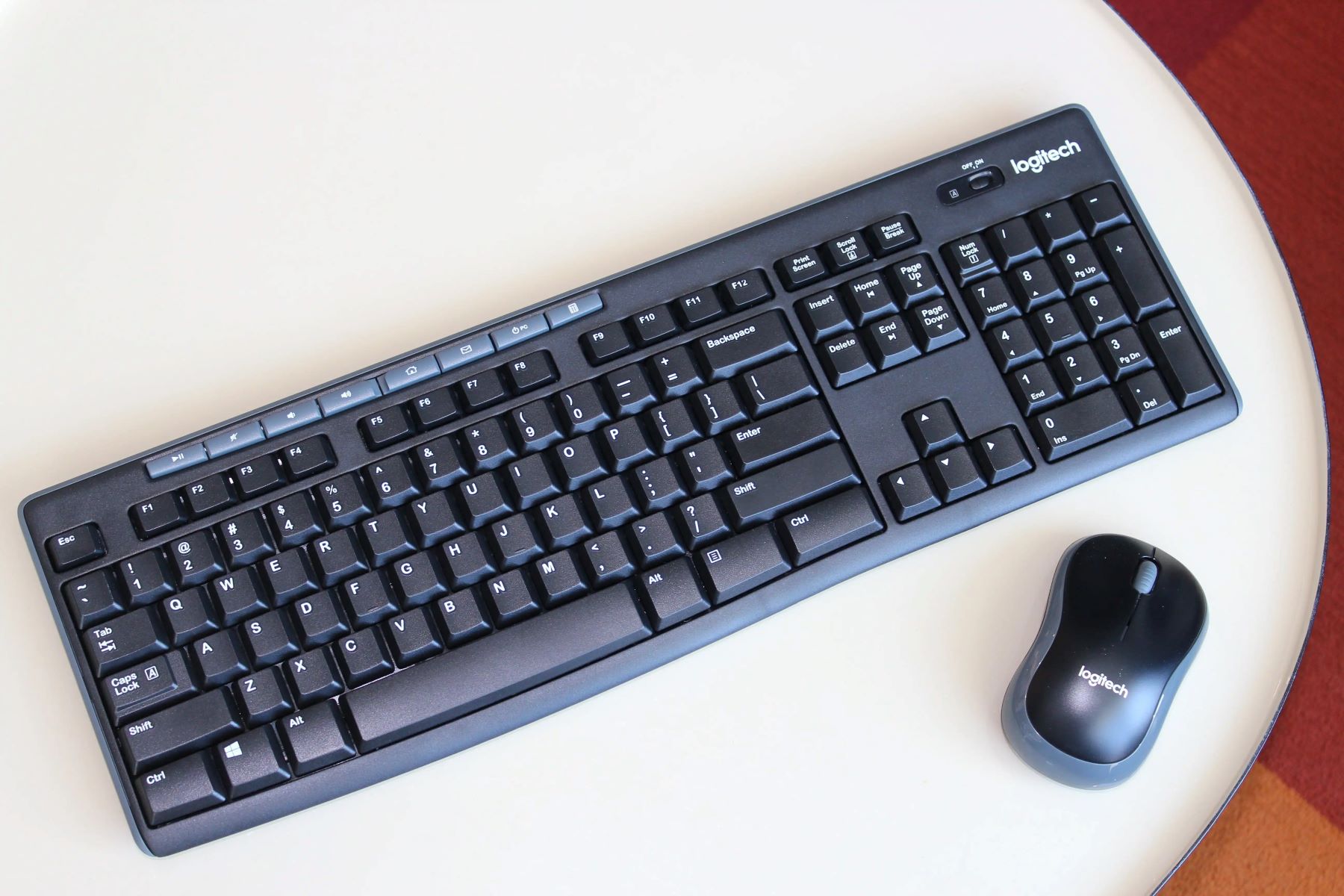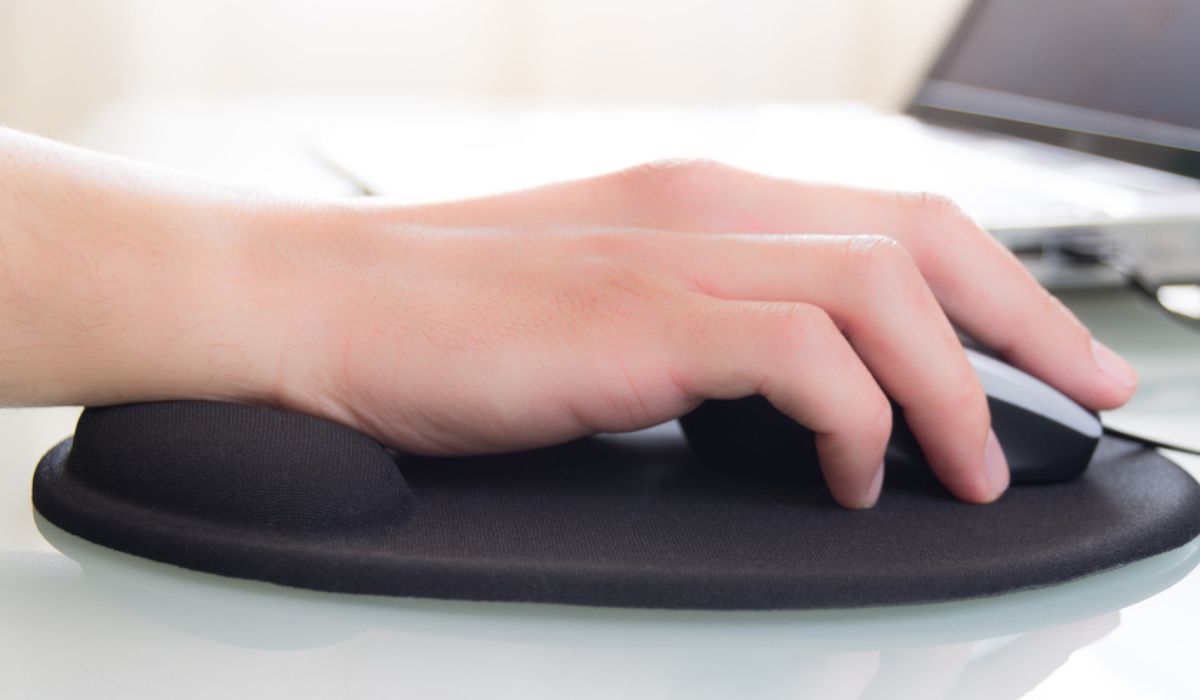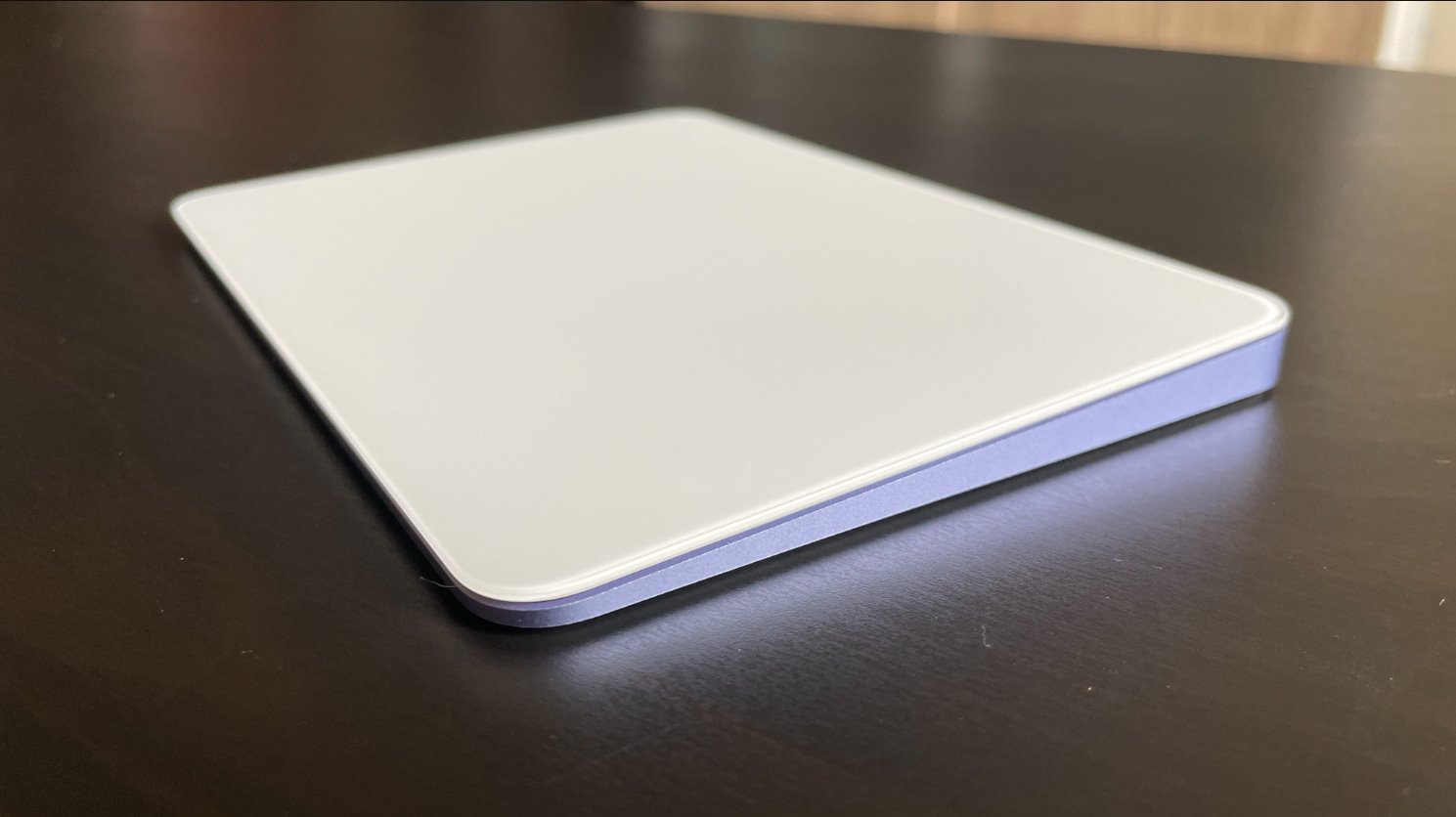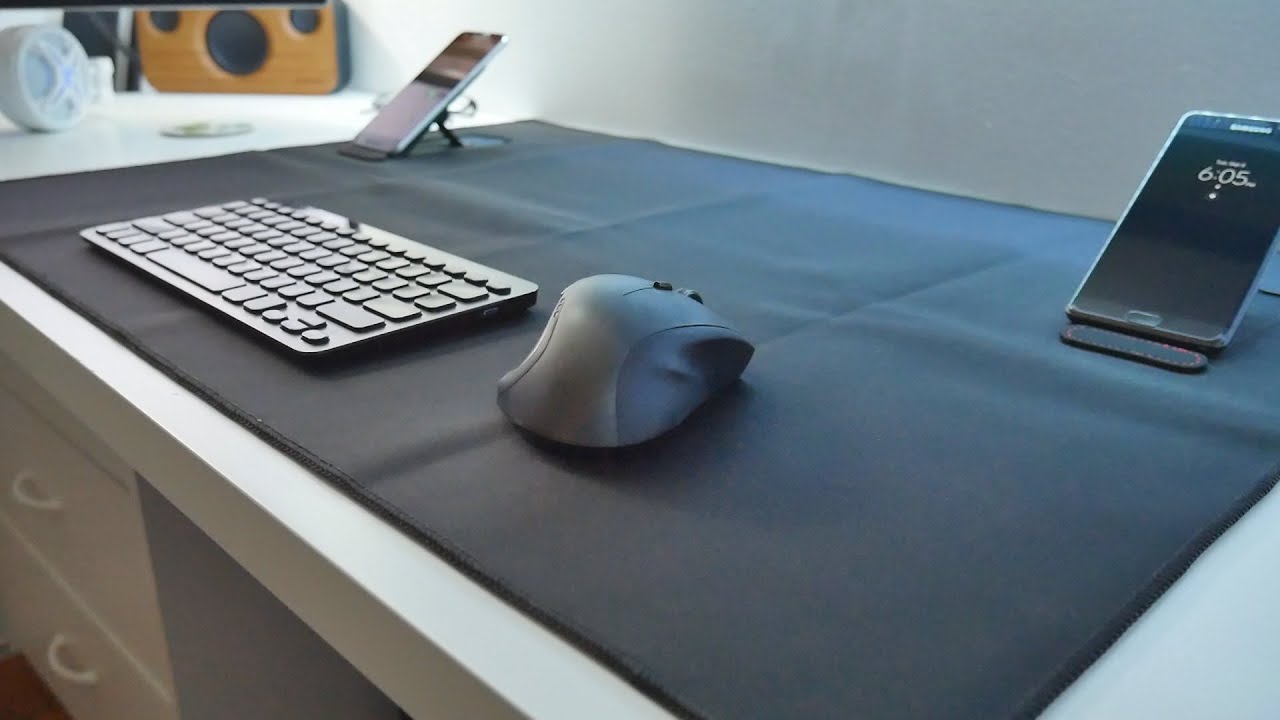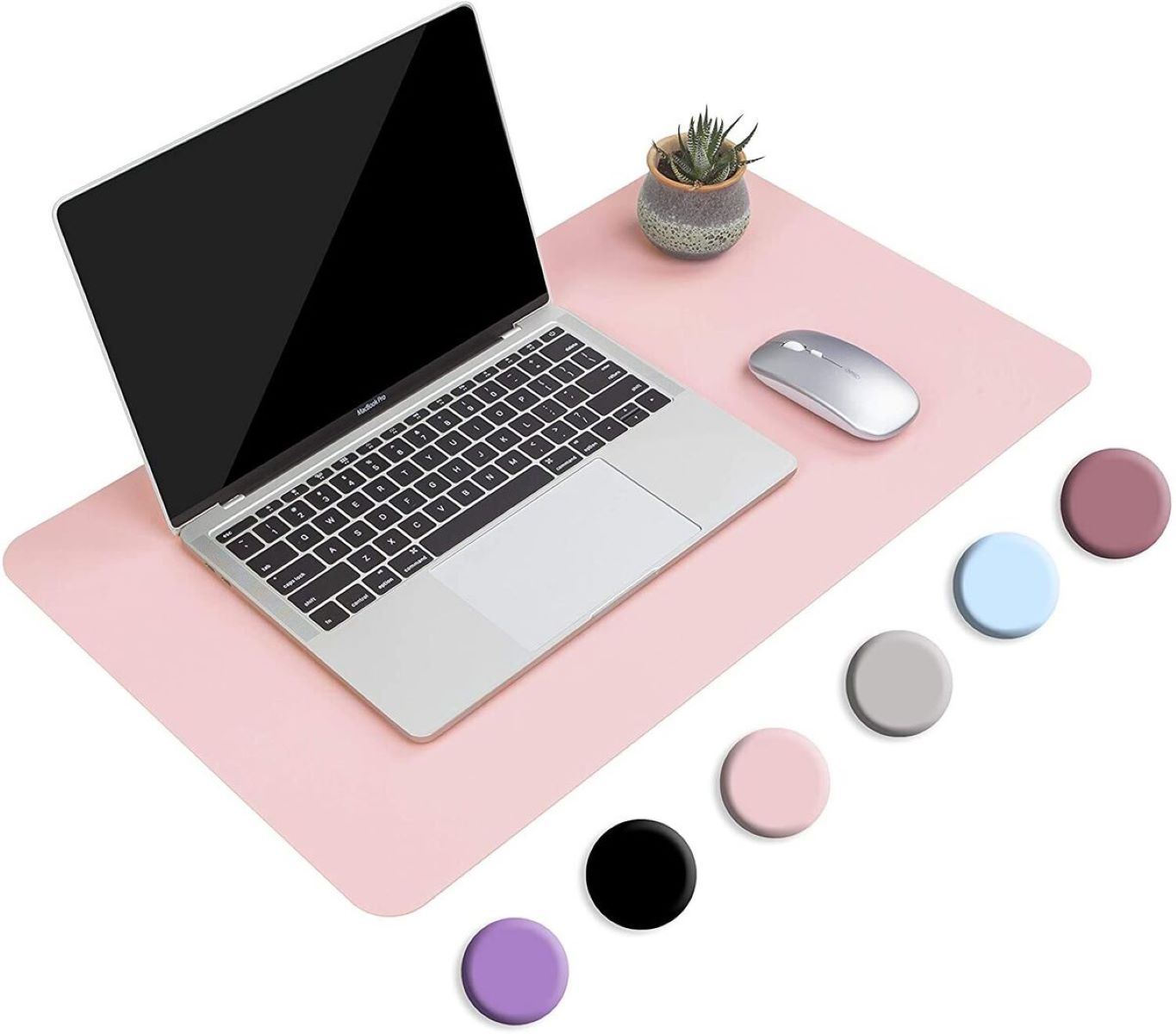Introduction
Welcome to the world of gaming, where the right equipment can make all the difference in your performance and comfort. Using a gaming mouse can greatly enhance your gaming experience, but it's important to use it in a way that doesn't cause discomfort or injury, especially to your wrist. In this guide, we'll explore various tips and techniques to help you use a gaming mouse without hurting your wrist.
Gaming mice are designed for precision and speed, featuring ergonomic designs and customizable features to cater to different gaming styles. However, the repetitive and sometimes intense movements involved in gaming can put strain on your wrist if not managed properly. By implementing the following tips, you can enjoy your gaming sessions without risking wrist discomfort or injury.
Let's delve into the details of how to choose the right gaming mouse, adjust your grip, use a wrist rest, take breaks and stretch, utilize arm and shoulder movements, and maintain good posture while gaming. These strategies will not only help you prevent wrist pain and discomfort but also enhance your overall gaming experience. So, let's get started on the journey to pain-free gaming!
Choose the Right Gaming Mouse
When it comes to using a gaming mouse without hurting your wrist, the first step is to ensure that you have the right tool for the job. Choosing a gaming mouse that fits your hand comfortably and supports your gaming style is crucial in preventing wrist strain and discomfort.
Here are some key factors to consider when selecting the right gaming mouse:
- Ergonomic Design: Look for a gaming mouse with an ergonomic design that fits the natural contours of your hand. This can help reduce strain on your wrist and fingers during extended gaming sessions.
- Adjustable DPI Settings: A gaming mouse with adjustable DPI (dots per inch) settings allows you to customize the sensitivity of the mouse to suit your gaming preferences. This can help minimize excessive wrist movements and provide better control over cursor movements.
- Programmable Buttons: Some gaming mice come with programmable buttons that can be customized to perform specific in-game actions. This feature can reduce the need for repetitive wrist movements and improve overall gameplay efficiency.
- Weight Customization: Consider a gaming mouse that allows you to adjust its weight to find the optimal balance that feels comfortable for your hand and reduces the strain on your wrist and arm.
- Grip Style Compatibility: Different gaming mice are designed to accommodate various grip styles, such as palm, claw, or fingertip grip. Choosing a mouse that aligns with your preferred grip style can contribute to a more natural and comfortable gaming experience.
By carefully considering these factors and trying out different gaming mice to find the best fit for your hand and gaming habits, you can significantly reduce the risk of wrist discomfort and strain. The right gaming mouse will not only enhance your gaming performance but also contribute to a more ergonomic and comfortable gaming setup.
Adjust Your Grip
One of the key elements in using a gaming mouse without causing wrist strain is to adjust your grip to minimize unnecessary tension and pressure on your wrist and fingers. Your grip on the mouse plays a vital role in distributing the workload across your hand and arm, reducing the strain on specific muscles and tendons.
Here are some tips for adjusting your grip on the gaming mouse:
- Relax Your Grip: Avoid gripping the mouse too tightly, as this can lead to increased tension and strain on your wrist and fingers. Maintain a relaxed grip that allows for smooth and fluid movements during gameplay.
- Use Your Arm and Shoulder: Instead of relying solely on wrist movements to control the mouse, incorporate your arm and shoulder to guide the mouse movements. This distributes the workload across larger muscle groups, reducing the strain on your wrist.
- Position Your Hand Comfortably: Find a hand position that feels natural and relaxed. Experiment with different hand placements on the mouse to identify the most comfortable and ergonomic grip for extended gaming sessions.
- Avoid Overreaching: Position the mouse within easy reach of your hand to prevent overreaching and straining your wrist. Keep the mouse close enough to your hand to maintain a comfortable and relaxed grip.
- Experiment with Grip Styles: Depending on the design of your gaming mouse and your personal preferences, explore different grip styles, such as palm grip, claw grip, or fingertip grip, to find the most comfortable and supportive grip for your gaming needs.
By consciously adjusting your grip on the gaming mouse and focusing on maintaining a relaxed and natural hand position, you can significantly reduce the strain on your wrist and fingers while gaming. Incorporating arm and shoulder movements into your gaming technique can further alleviate the workload on your wrist, promoting a more comfortable and sustainable gaming experience.
Use a Wrist Rest
Integrating a wrist rest into your gaming setup can provide valuable support and comfort for your wrist, reducing the risk of strain and discomfort during extended gaming sessions. A wrist rest is designed to maintain a neutral position for your wrist, promoting proper alignment and reducing the strain on the muscles and tendons in your wrist and forearm.
Consider the following tips for using a wrist rest effectively:
- Select a Quality Wrist Rest: Choose a wrist rest that is designed specifically for gaming or computer use, providing adequate support and cushioning for your wrist. Look for a wrist rest that complements the size of your gaming mouse pad for seamless integration into your gaming setup.
- Positioning and Alignment: Place the wrist rest in front of your gaming mouse pad to support the base of your palm and wrist. Ensure that your wrist remains in a neutral position, neither bent upward nor downward, to maintain proper alignment and reduce strain.
- Regularly Rest Your Wrist: During gaming sessions, periodically rest your wrist on the wrist rest to alleviate any tension and pressure that may accumulate during intense gameplay. This can prevent the buildup of strain and promote better circulation in your wrist and forearm.
- Combine with Ergonomic Mouse Pad: Consider using an ergonomic mouse pad with built-in wrist support or cushioning to complement the benefits of a wrist rest. An ergonomic mouse pad can provide additional comfort and support for your wrist and forearm, enhancing the overall ergonomic design of your gaming setup.
- Customize to Your Comfort: Experiment with the positioning and height of the wrist rest to find the most comfortable and supportive setup for your wrist. Customizing the wrist rest to suit your individual preferences and hand size can optimize its effectiveness in reducing wrist strain.
By incorporating a wrist rest into your gaming setup and utilizing it in conjunction with an ergonomic mouse pad, you can create a more supportive and comfortable environment for your wrist during gaming sessions. The proper use of a wrist rest can contribute to maintaining healthy wrist posture and reducing the risk of discomfort or strain, allowing you to focus on your gameplay without compromising your wrist health.
Take Breaks and Stretch
Amidst the excitement of gaming, it’s crucial to prioritize the well-being of your wrist and overall physical health. Incorporating regular breaks and stretching routines into your gaming sessions can significantly reduce the risk of wrist strain and discomfort. Taking short, frequent breaks allows your muscles to rest and recover, while targeted stretches can alleviate tension and promote flexibility in your wrists and forearms.
Consider the following strategies for integrating breaks and stretching into your gaming routine:
- Adopt the 20-20-20 Rule: Every 20 minutes, take a 20-second break to look at something 20 feet away. This practice not only benefits your eyes but also serves as a reminder to briefly rest your wrists and adjust your posture.
- Engage in Wrist and Forearm Stretches: Perform gentle wrist and forearm stretches during your breaks to alleviate tension and improve flexibility. Simple exercises, such as wrist flexion and extension stretches, can help release built-up tension in the wrist and forearm muscles.
- Encourage Movement and Circulation: Use your break time to engage in light physical activity, such as walking or stretching your arms and shoulders. Movement promotes blood circulation, which can reduce stiffness and discomfort in your wrists and arms.
- Practice Mindful Resting: During breaks, consciously relax your hands and wrists, allowing them to rest in a neutral position. Avoid gripping or tensing your hands unnecessarily, and let your muscles unwind to alleviate strain.
- Stay Hydrated: Remember to stay hydrated during your gaming sessions, as proper hydration supports overall muscle function and flexibility. Drinking water regularly can contribute to maintaining optimal muscle health, including the muscles in your wrists and forearms.
By incorporating regular breaks and incorporating wrist and forearm stretches into your gaming routine, you can effectively mitigate the strain and tension that may accumulate during intense gameplay. These practices not only benefit your wrist health but also contribute to your overall well-being, allowing you to enjoy extended gaming sessions with reduced risk of discomfort or injury.
Use Arm and Shoulder Movements
When utilizing a gaming mouse, it’s essential to incorporate arm and shoulder movements into your gaming technique to minimize strain on your wrists and promote a more ergonomic and sustainable gaming experience. By distributing the workload across larger muscle groups, such as the muscles in your arms and shoulders, you can reduce the strain on your wrists and fingers, mitigating the risk of discomfort and potential injury.
Consider the following tips for integrating arm and shoulder movements into your gaming approach:
- Expand Your Range of Motion: Instead of relying solely on wrist movements to maneuver the mouse, utilize your entire arm to guide the mouse across the gaming surface. This broadens your range of motion and reduces the repetitive strain on your wrists.
- Adjust Sensitivity Settings: Fine-tune the sensitivity settings of your gaming mouse to accommodate arm and shoulder movements. A lower sensitivity setting may encourage the use of larger muscle groups, promoting a more balanced and ergonomic gaming technique.
- Engage in Shoulder Rotation: Incorporate gentle shoulder rotations and movements while gaming to prevent stiffness and tension in your shoulders and upper back. This can contribute to a more relaxed and comfortable gaming posture, reducing the likelihood of wrist strain.
- Utilize Arm Support: Consider using an adjustable armrest or support for your gaming chair to maintain proper alignment and support for your arms and shoulders. This can help reduce fatigue and strain during extended gaming sessions.
- Practice Smooth Movements: Focus on executing smooth and fluid arm and shoulder movements to control the mouse, minimizing abrupt or jerky motions that may contribute to muscle tension and strain.
By embracing arm and shoulder movements as integral components of your gaming technique, you can alleviate the strain on your wrists and fingers, fostering a more sustainable and comfortable gaming experience. These adjustments not only promote better ergonomics but also contribute to reducing the risk of wrist discomfort and injury, allowing you to immerse yourself in gaming with greater ease and confidence.
Maintain Good Posture
Ensuring proper posture while gaming is essential for reducing the risk of wrist strain and promoting overall musculoskeletal health. By maintaining good posture, you can minimize the strain on your wrists, shoulders, and back, creating a more ergonomic and comfortable gaming environment. Here are some valuable tips for maintaining good posture during gaming sessions:
- Align Your Body: Sit in a chair that provides adequate lumbar support and align your body properly, keeping your back straight and well-supported. Avoid slouching or hunching over, as this can contribute to tension in your shoulders and wrists.
- Position Your Arms: Ensure that your arms are positioned comfortably and supported, with your elbows at a 90-degree angle and your forearms parallel to the ground. This positioning reduces the strain on your wrists and promotes better blood circulation.
- Elevate Your Screen: Position your monitor or screen at eye level to prevent the need to tilt your head up or down, which can lead to neck and shoulder strain. This adjustment supports a more neutral and relaxed posture while gaming.
- Support Your Feet: Keep your feet flat on the ground or use a footrest to maintain proper lower body support and circulation. Grounding your feet promotes overall stability and posture alignment, contributing to reduced muscle tension.
- Take Regular Posture Breaks: Periodically stand up, stretch, and adjust your posture during gaming sessions to prevent stiffness and promote circulation. This practice can alleviate muscle fatigue and reduce the risk of developing poor posture habits.
By conscientiously maintaining good posture and incorporating ergonomic adjustments into your gaming setup, you can create a more supportive and comfortable environment for your wrists and overall musculoskeletal health. These considerations not only reduce the risk of wrist strain but also contribute to fostering a sustainable and enjoyable gaming experience, allowing you to immerse yourself in gaming with greater comfort and confidence.
Conclusion
Mastering the art of using a gaming mouse without causing wrist strain is essential for both performance and long-term wrist health. By carefully selecting an ergonomic gaming mouse, adjusting your grip, utilizing wrist support, taking regular breaks, incorporating arm and shoulder movements, and maintaining good posture, you can significantly reduce the risk of wrist discomfort and injury during gaming sessions.
Choosing the right gaming mouse that aligns with your hand size, grip style, and gaming preferences sets the foundation for a comfortable and supportive gaming experience. Customizable features, such as adjustable DPI settings and programmable buttons, empower you to optimize the mouse’s performance while minimizing strain on your wrist and fingers.
Furthermore, the conscious adjustment of your grip and the use of wrist rests contribute to maintaining a relaxed and natural hand position, reducing tension and strain on your wrist and fingers. Integrating regular breaks, stretching routines, and mindful resting practices into your gaming sessions promotes muscle relaxation, flexibility, and better circulation, mitigating the risk of wrist strain and discomfort.
Embracing arm and shoulder movements as integral components of your gaming technique not only enhances your control and precision but also alleviates the strain on your wrists and fingers. Finally, maintaining good posture while gaming supports overall musculoskeletal health, reducing strain on your wrists, shoulders, and back to create a more ergonomic and comfortable gaming environment.
By implementing these strategies and techniques, you can enjoy extended gaming sessions with greater comfort, confidence, and reduced risk of wrist discomfort or injury. Prioritizing wrist health while using a gaming mouse enhances your overall gaming experience, allowing you to immerse yourself in gameplay without compromising your physical well-being.







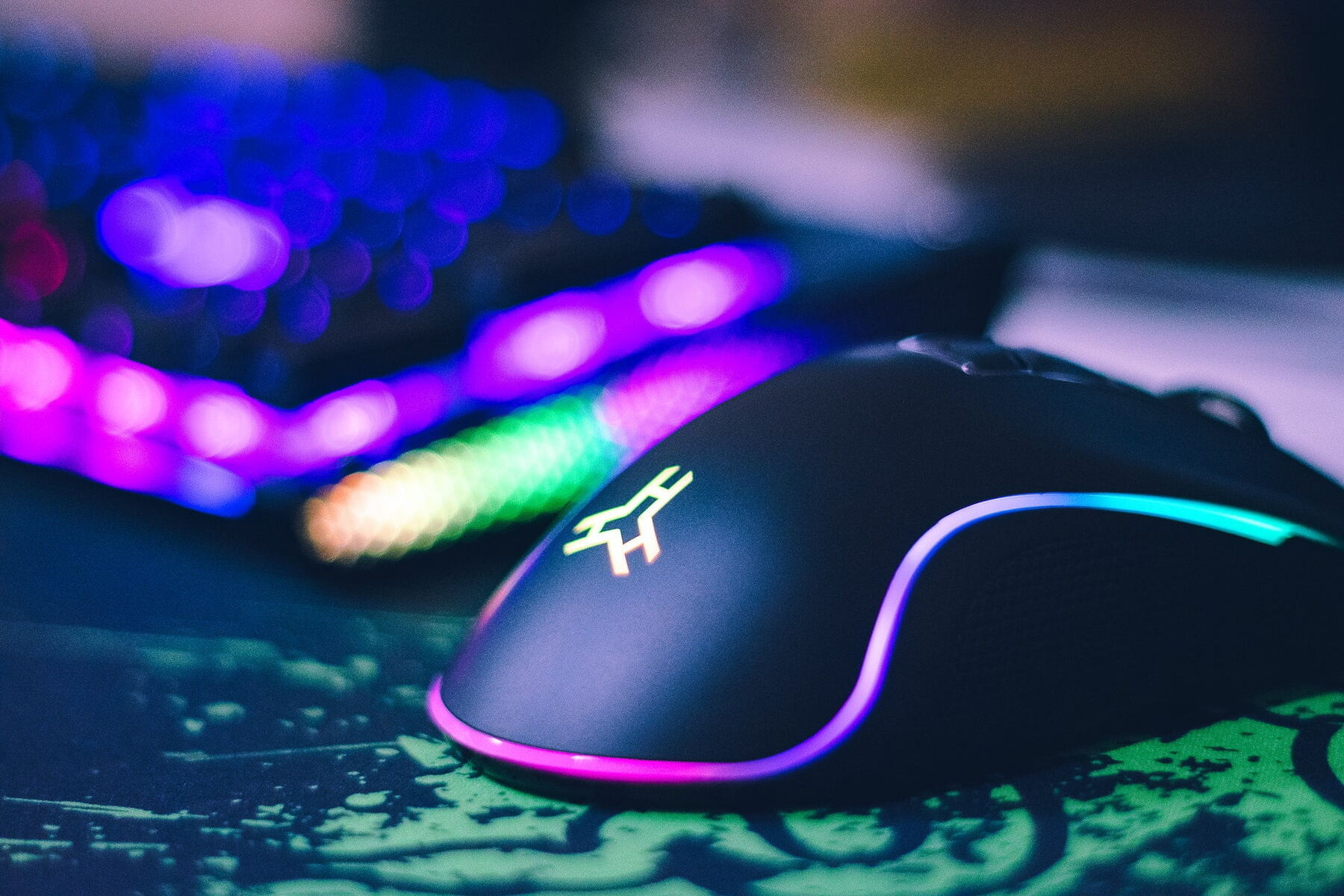

![Is The Razer Pro Type Ultra A Gamechanger? [REVIEW]](https://robots.net/wp-content/uploads/2022/06/razer-pro-type-ultra-featured-2-300x175.jpg)
